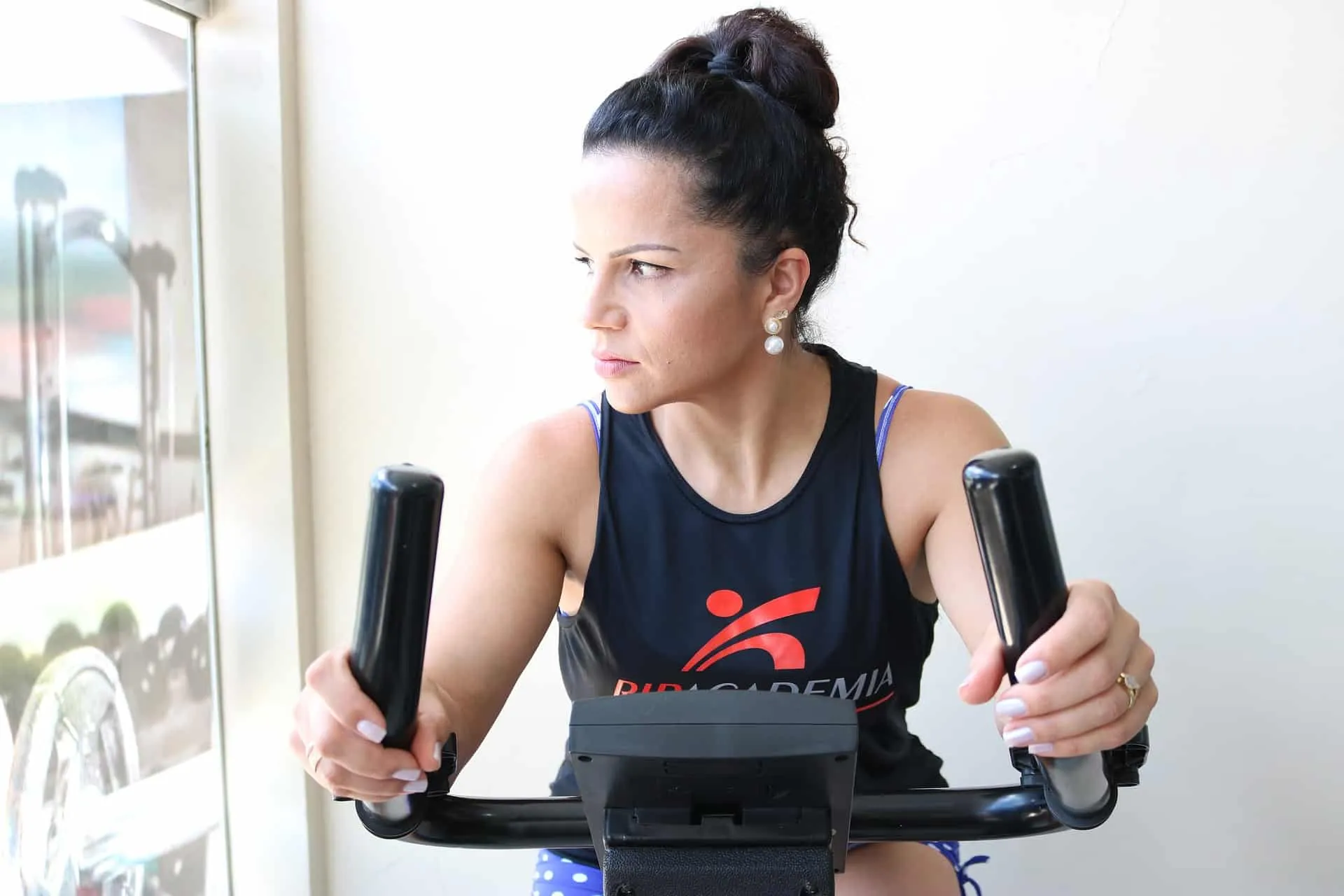The Importance Of Careful Planning When Moving Exercise Equipment

Whether you’re moving from your apartment or home or have simply purchased new exercise equipment, it’s crucial to put safety first. This type of equipment is often extremely heavy or has delicate components which, if damaged, will ruin the entire piece of equipment. This is why planning to move the equipment properly is so important. By planning how you will move your equipment, whether it just be a dumbbell rack or an entire home gym, you can stay safe and ensure none of your equipment is damaged.
Assessing the Equipment
The first step to planning how to move your exercise equipment is to inventory every single piece of equipment you have. Make a log of the numbers of weights, machines, accessories, and any other additional components you may have. Look at the size and weight of all the components to get a feel for what you might be able to carry on your own. You should also take this moment to look at the dimensions of the equipment to see what can fit into cars or a moving truck. While doing this, take note of any delicate or fragile components such as mirrors, electronic displays, or hydraulic moving systems.
Disassembling and Packaging
Regardless of whether you choose to hire gym equipment movers or do everything yourself, opting to disassemble and pack up the equipment can be a smart call if you are able to. By disassembling larger pieces you will reduce the size, prevent damage, and make it easier to maneuver throughout your home. Consult any equipment manuals you may have kept around to see if disassembly is possible and then purchase the tools or equipment you may need.
When choosing packing materials, you should try to get moving blankets, bubble wrap, and sturdy boxes to ensure your equipment will not break through the cardboard. Investing in high-quality materials will help protect your equipment against dents and scratches during the move. You should also take the time to label your boxes appropriately so that they are moved to the correct rooms in your new home or apartment; after all, you don’t want to pay your movers only to realize you had them put a heavy machine in the wrong room. Also, make note of any special handling instructions that may be on
Scheduling the Move
One often overlooked aspect of moving all of your exercise equipment is the scheduling process for your move. You want to ensure that there are no conflicts in your schedule as well as double check the availability of movers on the day you wish to move. This will help you plan transportation and minimize any potential disruptions that may otherwise occur. You should also take into account factors such as the forecasted weather conditions on the day of your move because the last thing you need is to try and lift heavy machines in the rain.
Try to coordinate with any movers or transportation services you use by providing them with information about the equipment. If they are available, offer a walkthrough where you can show them the equipment and discuss any potential requirements you may have.
Protecting Equipment During Transport
Considering the fact that a home gym can range from $800-$5,000 in value depending on the type of equipment in your home, it’s clear that protecting it should be a top priority. When boxes shift around in a moving truck, the risk of scratches, dents, and other damage is prevalent. Secure all equipment with moving straps to avoid letting it shift in the back of your vehicle. Also, place blankets all around the boxes to add an extra layer of padding in case they slide into a wall.
Adding padding to the boxes should not be your only endeavor. Add moving blankets or general padding into the boxes themselves if there are any fragile components inside, such as electronic displays, so that if the equipment shifts within the box itself it will not be damaged.
Stay safe and complete your move successfully
The last thing you need when taking care of a move is to injure yourself just because you thought you could lift a treadmill by yourself. Be sure to assess all of your equipment, disassemble and package what you can, schedule your move efficiently, and adequately protect your equipment while it is being transported This will keep both you and your equipment safe. When in doubt, don’t hesitate to reach out to professional movers who can offer assistance and who have experience with handling exercise equipment already.